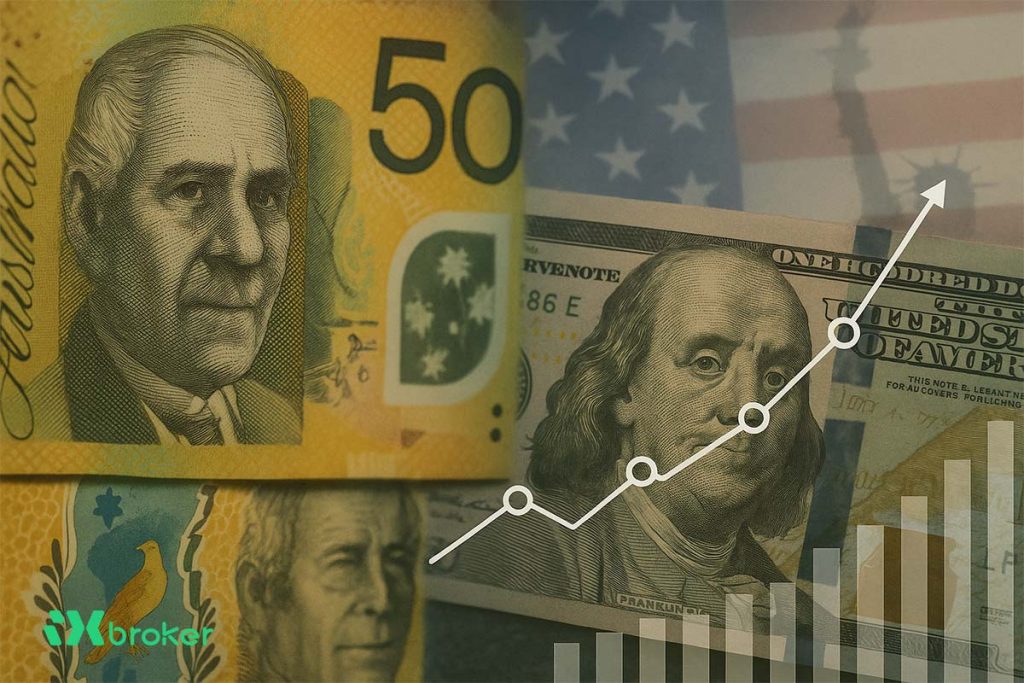The US dollar approaches its highest level in 2.5 weeks while copper hits record highs. Asian markets show mixed reactions to Trump’s tariff threats as investors await clarity on trade negotiations.
The US dollar edged close to its highest level in two and a half weeks on Wednesday, while copper prices soared to historic highs. These developments followed President Donald Trump’s threat to impose a 50% tariff on copper, further escalating the global trade war. Asian stock markets responded with varying reactions to Trump’s tariff threats, as investors remain cautious awaiting clearer direction in trade talks.
Dollar on the Rise
The US dollar traded near its strongest levels against major currencies in global markets amid growing concerns about an intensifying US trade war and the potential expansion of tariffs. This dollar appreciation is poised to significantly impact capital flows, international trade, and commodity prices worldwide.
Copper Hits Record High
One of the most notable commodity developments was a more than 10% surge in US copper futures, marking an unprecedented record high. This spike followed President Trump’s announcement of a 50% tariff threat on copper, a metal critical to electric vehicles, military equipment, power grids, and a wide range of consumer goods.
Concerns Over New Tariffs
Beyond copper, Trump also indicated imminent tariffs on semiconductors and pharmaceuticals. These announcements have increased pressure on US equity markets, contributing to declines in major Wall Street indices. Such tariffs are part of Trump’s broader protectionist agenda aimed at expanding the ongoing trade conflict that now covers a wide array of products and sectors.
Mixed Reactions in Asian Markets
Stock markets across the Asia-Pacific region exhibited mixed responses to these tariff threats. Japan’s Nikkei index fell by 0.2%, Australia’s benchmark dropped 0.4%, and Hong Kong’s Hang Seng declined 0.9%. In contrast, major Chinese and South Korean stock indices experienced modest gains, reflecting the uncertainty surrounding tariff impacts and the economic outlook for Asian countries.
Trade Negotiation Deadlines
Japan and South Korea, key US trading partners in Asia, face a firm deadline of August 1 to reach trade agreements. Failure to do so would trigger new tariffs on their exports. However, conflicting statements from President Trump about this deadline—calling it “firm but not 100% firm” on Monday, then hardening his stance by stating “no extensions will be granted” on Tuesday—have left markets in a state of uncertainty.
Outlook for Global Trade Talks
In addition to Asia, Trump reported positive progress in negotiations with the European Union and China. Nevertheless, he warned that a formal tariff notice to the EU would be issued within days. Since April’s announcement of reciprocal tariffs, the US has only finalized trade deals with the UK and Vietnam. A framework agreement on tariff rates was also reached with China in June, underscoring the complexity and challenges of ongoing global trade negotiations.
Expert Market Analysis
Kyle Rodda, Senior Market Analyst at Capital.com, commented: “Delaying new tariffs until August 1 both postpones decision-making and supports the view that higher tariff rates are primarily a negotiating tactic.” He added, “Markets remain on hold, awaiting stronger catalysts to define their next directional move.”
Conclusion and Future Outlook
Despite tariff pressures and escalating trade tensions, global markets remain in a complex and fragile state. The US dollar and base metals continue to be key indicators for tracking economic and geopolitical developments. Future market trends will largely depend on the outcomes of trade negotiations, responses from tariff-affected countries, and decisions by major global economies.



